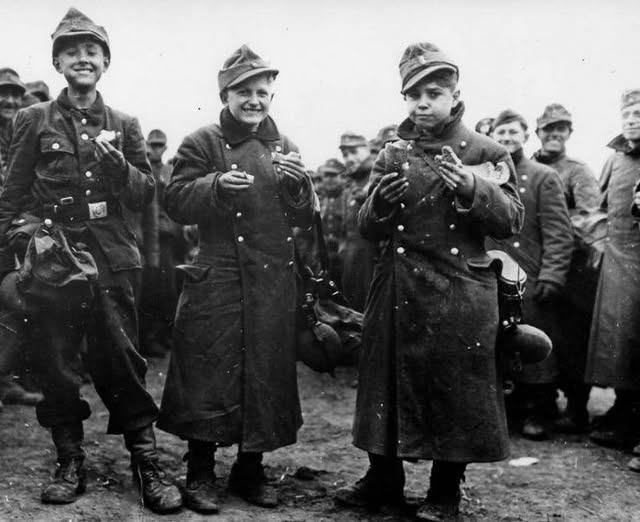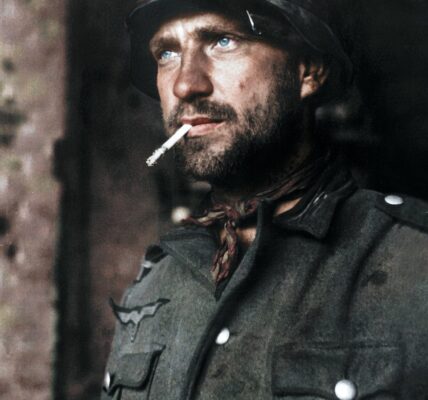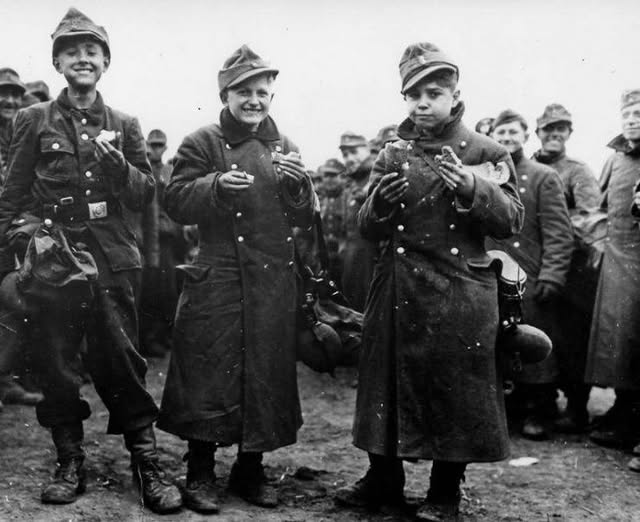
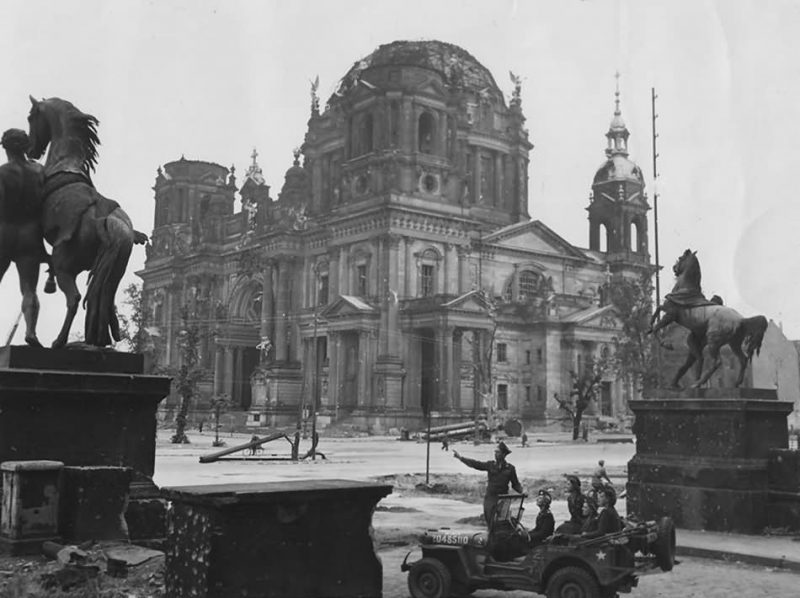
After France was recaptured by the Allies, the Germans mustered their own forces for a comprehensive counterattack in the Battle of the Bulge. They inflicted heavy losses on the Allies but ultimately failed to turn the tide.
Needless to say, this massive depletion of German resources marked the beginning of the end of the Third Reich.
On the other hand, Soviet forces had just conquered Poland and the territory of East Prussia. In March 1945, Allied forces crossed the Rhine from the west and attacked the Germans, inflicting enormous damage and mustering hundreds of thousands of German soldiers.
The Battle of Nuremberg began on April 16. That same day, American troops captured the border towns of Erlenstegen and Buch. The next day, at nightfall, they captured the airport, disabled German aircraft, and launched an air raid.

On April 18, Army Group B formed the last German defense line in the West. However, it was surrounded and captured by American troops. Italy became the last German stronghold, but this would soon change when Allied forces broke through the defense line and dealt the Nazis a severe blow.
On April 25, the forces of the Eastern and Western Allies met near Torgau.
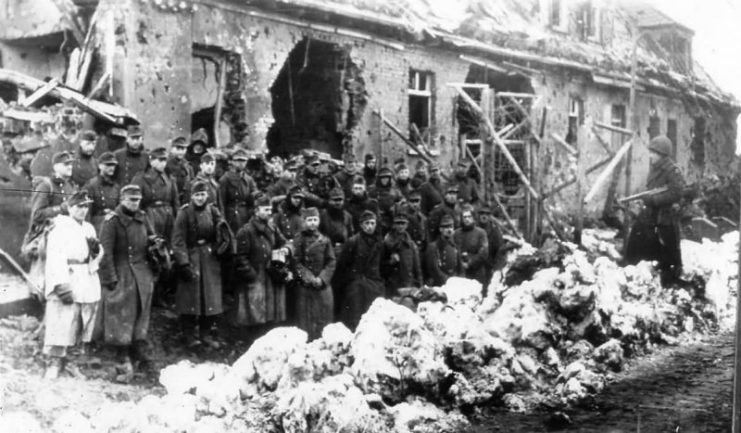
Further air raids and bombing raids were carried out by the Allied forces on German territory. Initially, the Germans defended their country resolutely. But as the Allies encircled Germany, supplies deteriorated rapidly, and the people soon became exhausted.
On April 25, the Red Army reached Berlin. In the days of fighting that followed, the Third Reich collapsed.
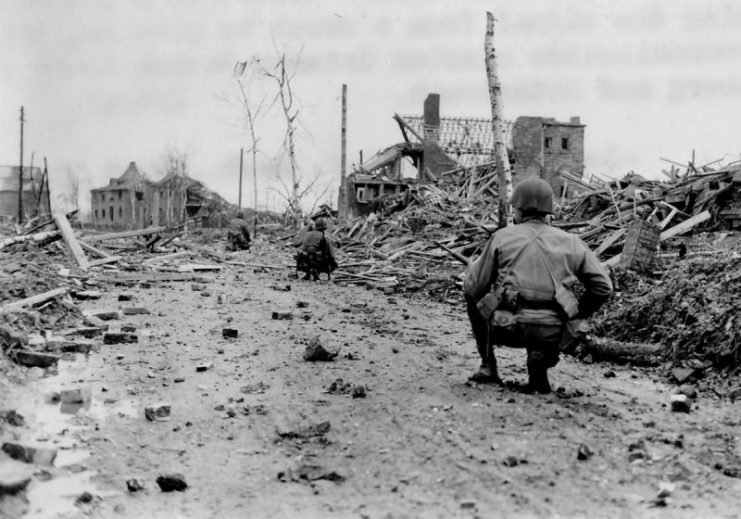
The last German troops from Finland fled to Norway. In Italy, Milan and Turin were liberated by Italian partisans, and the Italian dictator Mussolini was killed.
On April 28, the British launched an attack on Hamburg as the last stop on the way to Berlin, but the Germans seemed more determined than ever to defend their territories, and heavy fighting ensued.
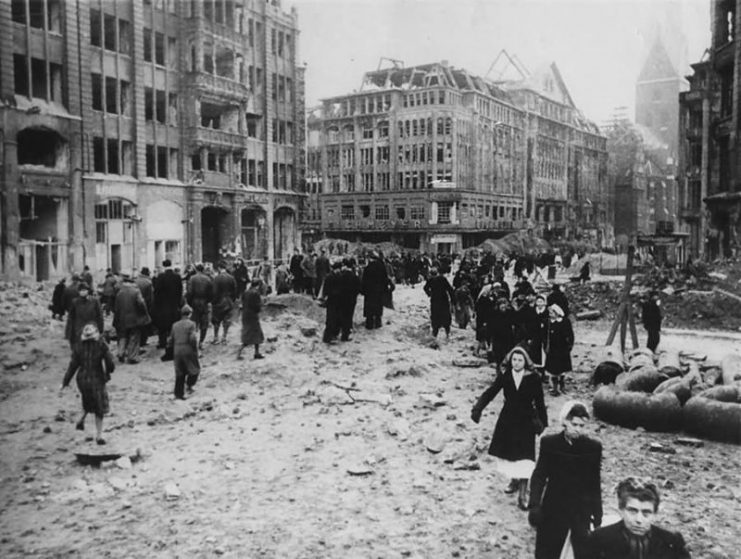
Other Allied troops also gathered on the Elbe River and launched a joint attack on Hamburg. The first British troops reached the city in the late afternoon.
The Americans had just won the Battle of Nuremberg, and Hamburg was soon a lost battle. The Battle of Berlin raged on, and the German defenses were weakening by the minute; the war was already lost.
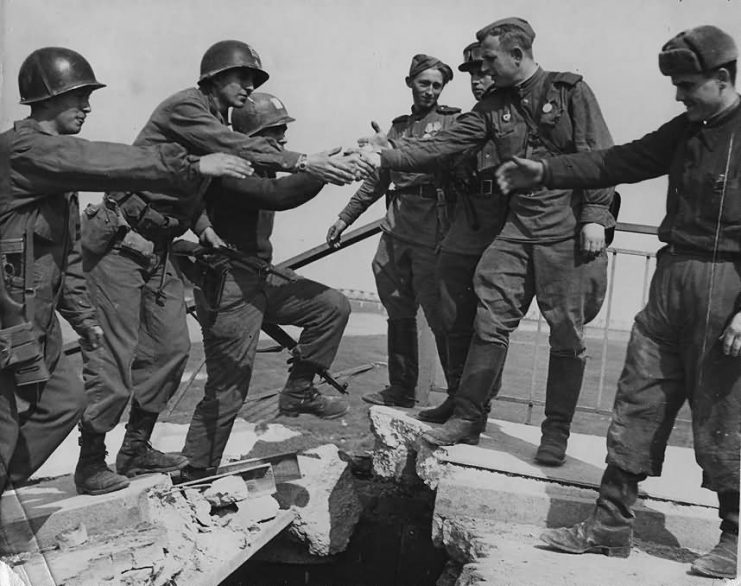
Fearing a similar fate to Mussolini, Hitler took his own life on April 30.
On May 8, 1945, Nazi Germany surrendered on all fronts, ending the war.
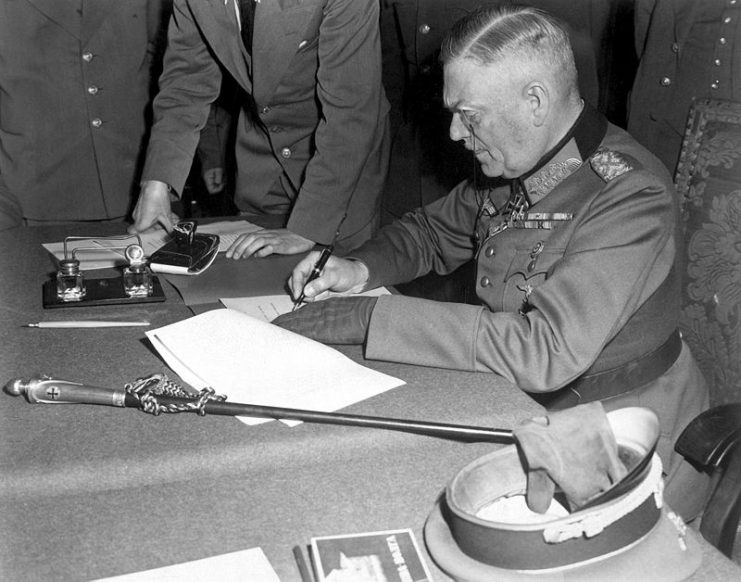
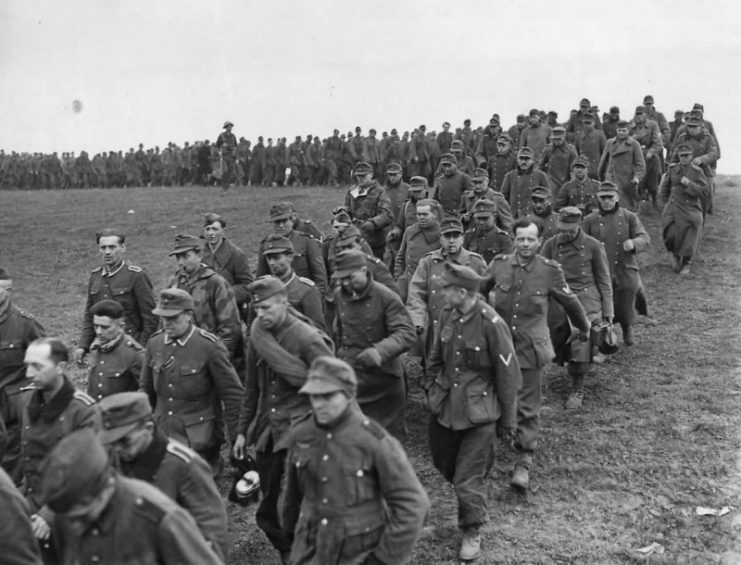
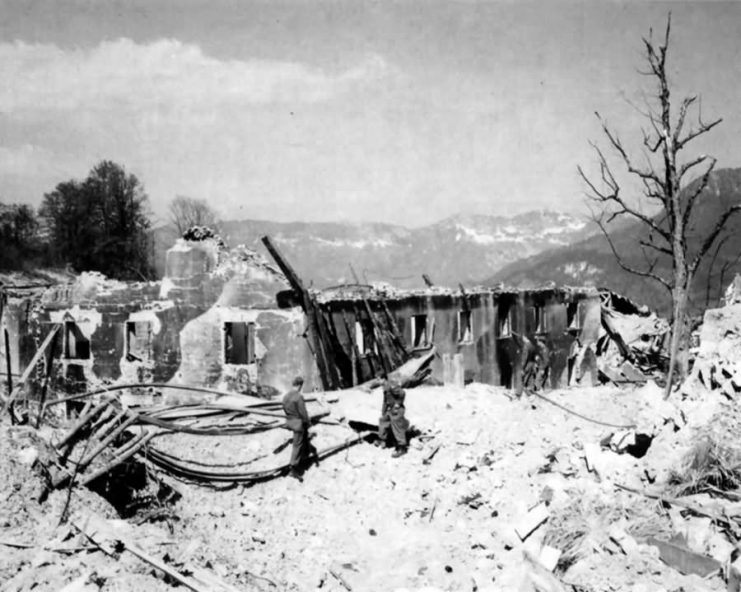

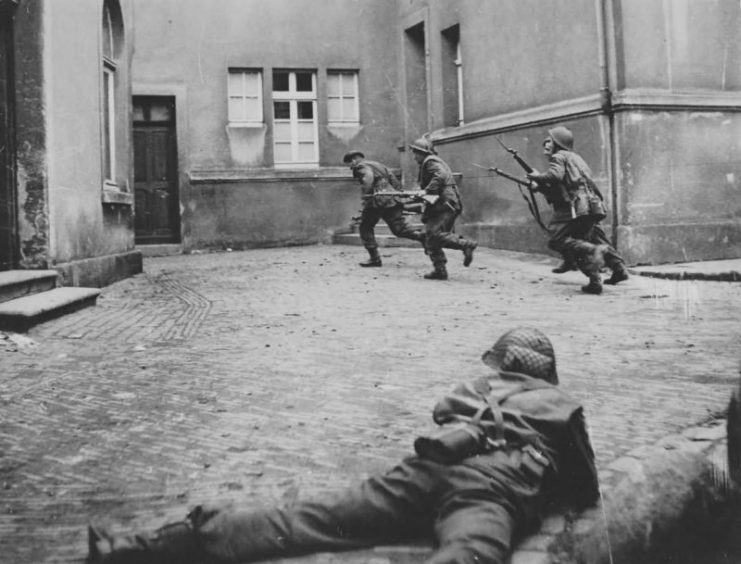
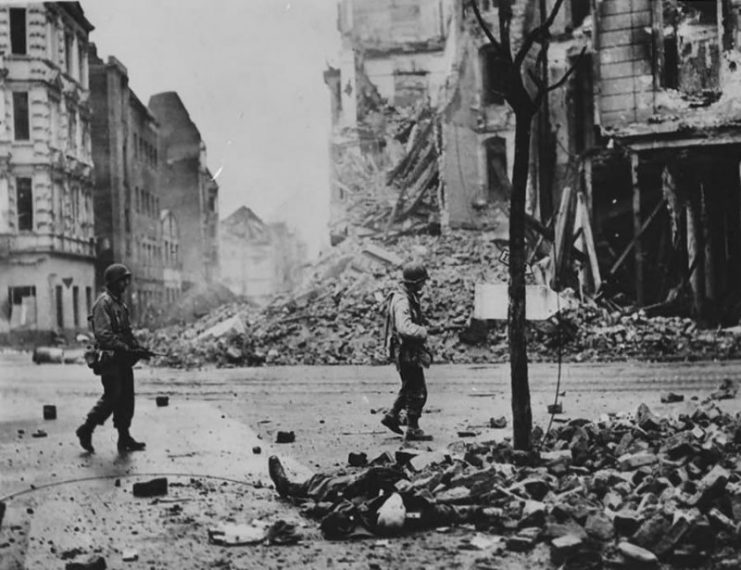
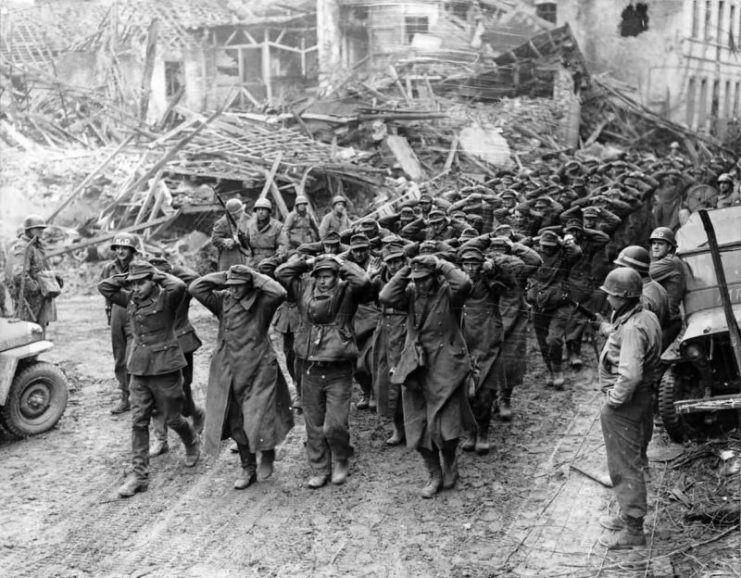
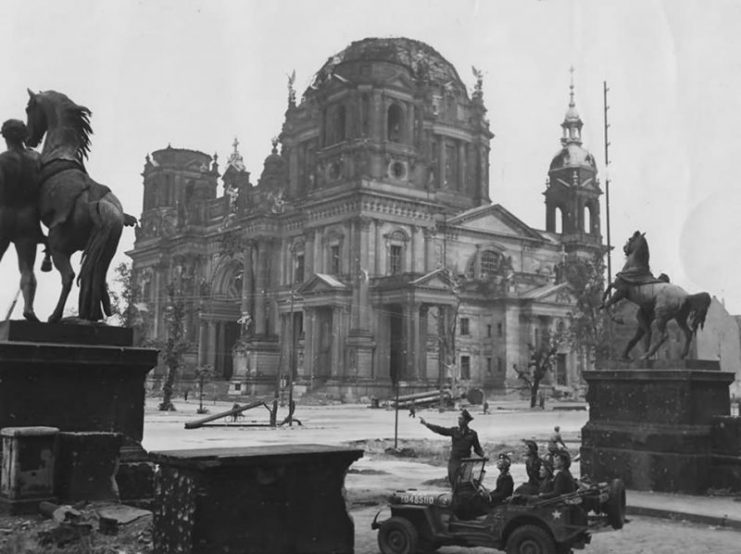
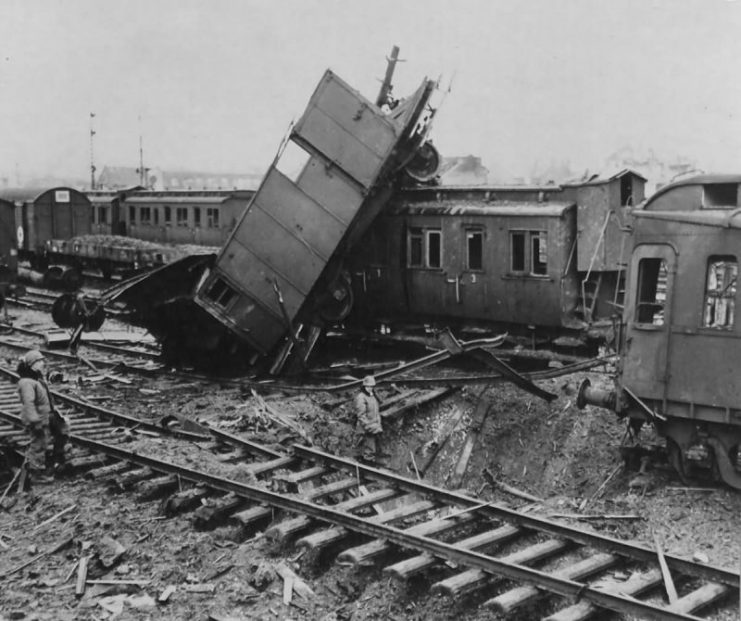
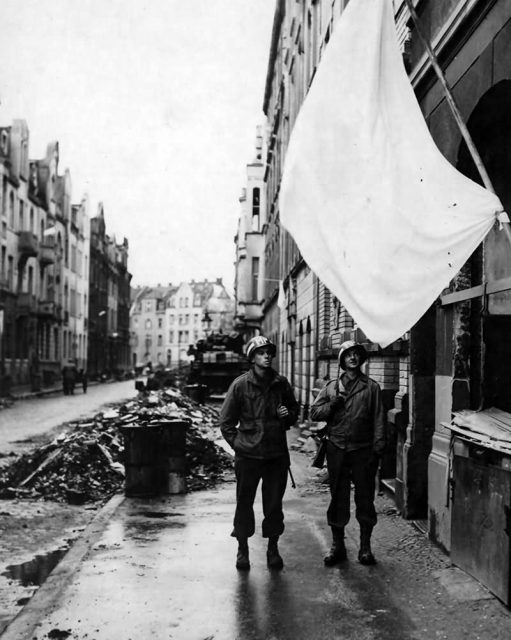
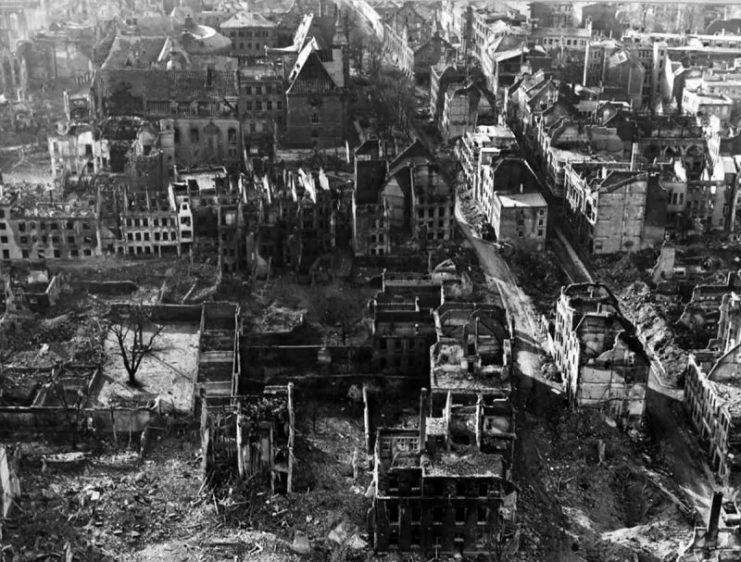
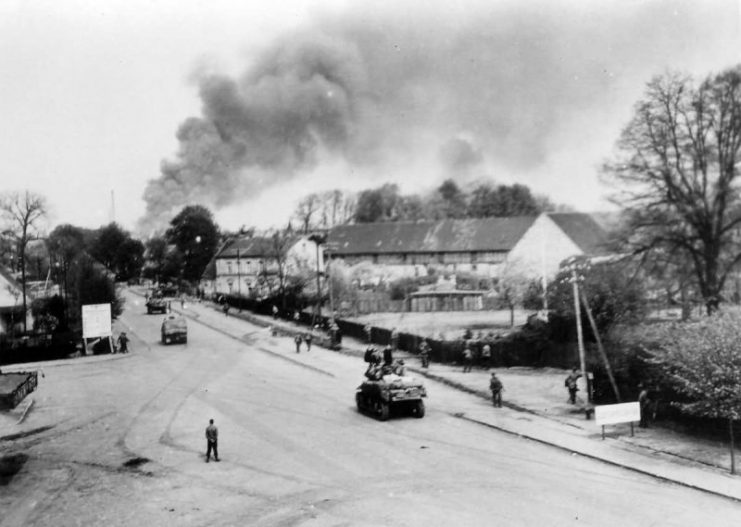
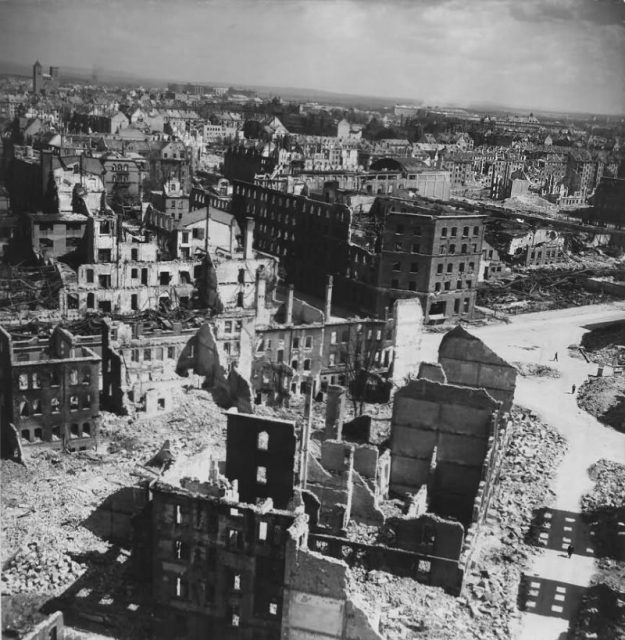
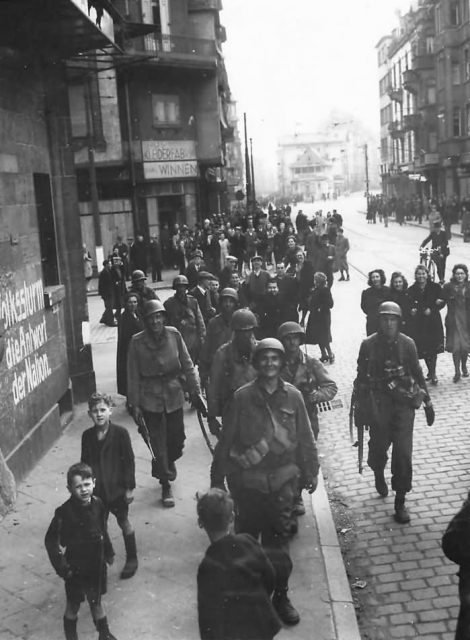
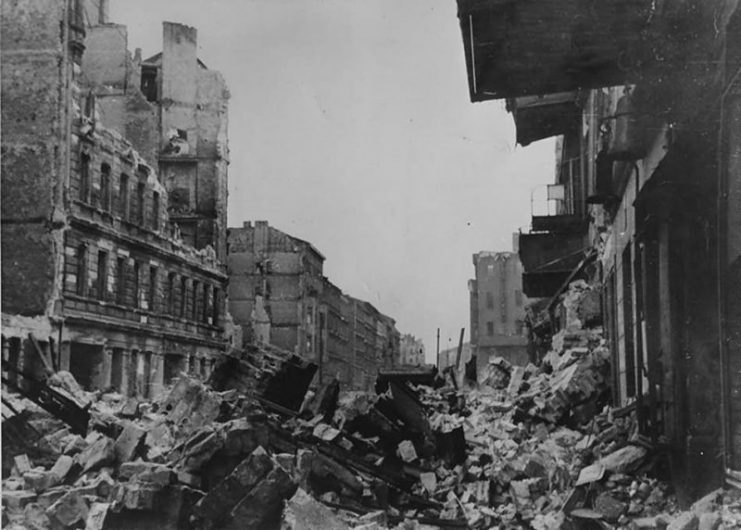
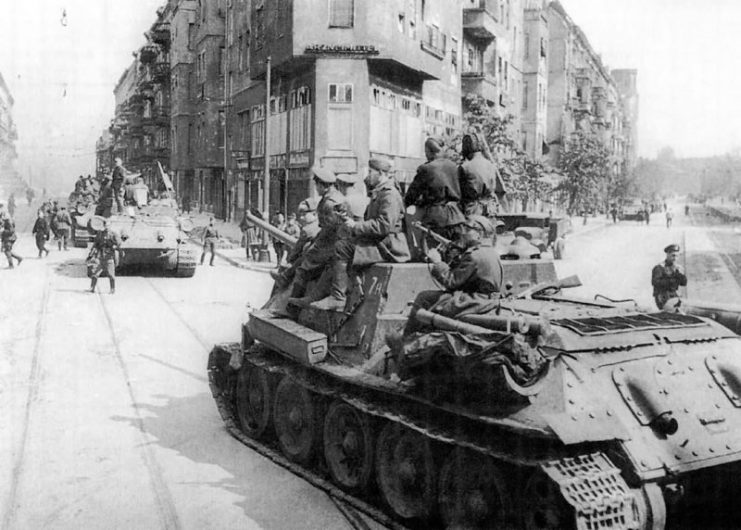

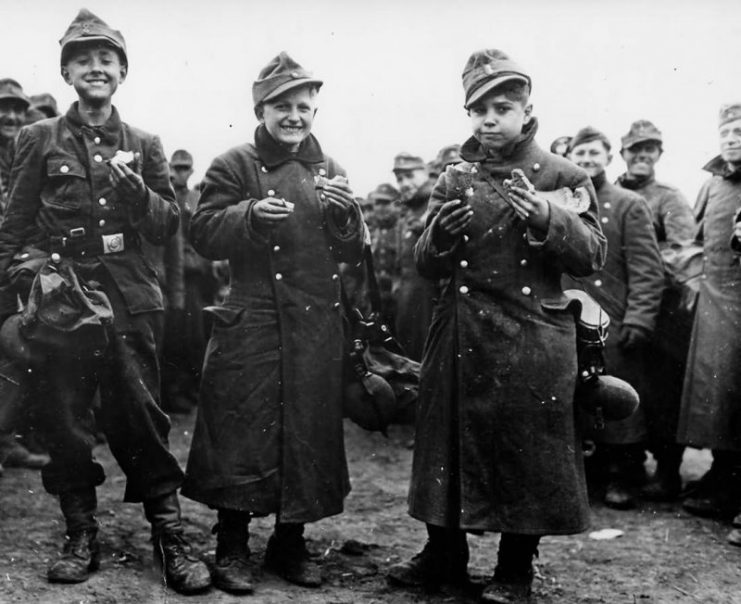
Page 2

After France was recaptured by the Allies, the Germans mustered their own forces for a comprehensive counterattack in the Battle of the Bulge. They inflicted heavy losses on the Allies but ultimately failed to turn the tide.
Needless to say, this massive depletion of German resources marked the beginning of the end of the Third Reich.
On the other hand, Soviet forces had just conquered Poland and the territory of East Prussia. In March 1945, Allied forces crossed the Rhine from the west and attacked the Germans, inflicting enormous damage and mustering hundreds of thousands of German soldiers.
The Battle of Nuremberg began on April 16. That same day, American troops captured the border towns of Erlenstegen and Buch. The next day, at nightfall, they captured the airport, disabled German aircraft, and launched an air raid.

On April 18, Army Group B formed the last German defense line in the West. However, it was surrounded and captured by American troops. Italy became the last German stronghold, but this would soon change when Allied forces broke through the defense line and dealt the Nazis a severe blow.
On April 25, the forces of the Eastern and Western Allies met near Torgau.

Further air raids and bombing raids were carried out by the Allied forces on German territory. Initially, the Germans defended their country resolutely. But as the Allies encircled Germany, supplies deteriorated rapidly, and the people soon became exhausted.
On April 25, the Red Army reached Berlin. In the days of fighting that followed, the Third Reich collapsed.

Advertisement
The last German troops from Finland fled to Norway. In Italy, Milan and Turin were liberated by Italian partisans, and the Italian dictator Mussolini was killed.
On April 28, the British launched an attack on Hamburg as the last stop on the way to Berlin, but the Germans seemed more determined than ever to defend their territories, and heavy fighting ensued.

Other Allied troops also gathered on the Elbe River and launched a joint attack on Hamburg. The first British troops reached the city in the late afternoon.
The Americans had just won the Battle of Nuremberg, and Hamburg was soon a lost battle. The Battle of Berlin raged on, and the German defenses were weakening by the minute; the war was already lost.

Fearing a similar fate to Mussolini, Hitler took his own life on April 30.
On May 8, 1945, Nazi Germany surrendered on all fronts, ending the war.


















